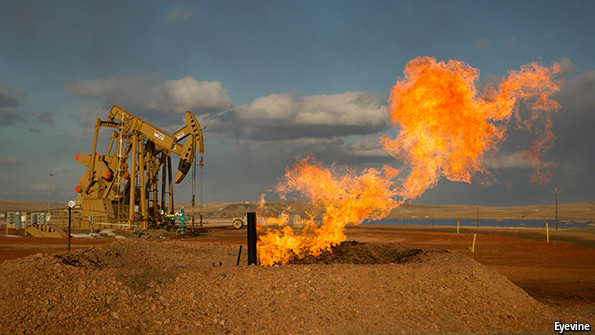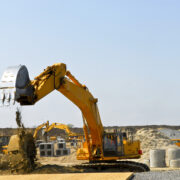REVEALED:Why the oil price is falling

THE oil price has fallen by more than 40% since June, when it
was $115 a barrel. It is now below $70. This comes after nearly five
years of stability. At a meeting in Vienna on November 27th the
Organisation of Petroleum Exporting Countries, which controls nearly 40%
of the world market, failed to reach agreement on production curbs,
sending the price tumbling. Also hard hit are oil-exporting countries
such as Russia (where the rouble has hit record lows), Nigeria, Iran and
Venezuela. Why is the price of oil falling?
The oil price is
partly determined by actual supply and demand, and partly by
expectation. Demand for energy is closely related to economic activity.
It also spikes in the winter in the northern hemisphere, and during
summers in countries which use air conditioning. Supply can be affected
by weather (which prevents tankers loading) and by geopolitical upsets.
If producers think the price is staying high, they invest, which after a
lag boosts supply. Similarly, low prices lead to an investment drought.
OPEC’s decisions shape expectations: if it curbs supply sharply, it can
send prices spiking. Saudi Arabia produces nearly 10m barrels a day—a
third of the OPEC total.
Four things are now affecting the
picture. Demand is low because of weak economic activity, increased
efficiency, and a growing switch away from oil to other fuels. Second,
turmoil in Iraq and Libya—two big oil producers with nearly 4m barrels a
day combined—has not affected their output. The market is more sanguine
about geopolitical risk. Thirdly, America has become the world’s
largest oil producer. Though it does not export crude oil, it now
imports much less, creating a lot of spare supply. Finally, the Saudis
and their Gulf allies have decided not to sacrifice their own market
share to restore the price. They could curb production sharply, but the
main benefits would go to countries they detest such as Iran and Russia.
Saudi Arabia can tolerate lower oil prices quite easily. It has $900
billion in reserves. Its own oil costs very little (around $5-6 per
barrel) to get out of the ground.
The main effect of this is on
the riskiest and most vulnerable bits of the oil industry. These include
American frackers who have borrowed heavily on the expectation of
continuing high prices. They also include Western oil companies with
high-cost projects involving drilling in deep water or in the Arctic, or
dealing with maturing and increasingly expensive fields such as the
North Sea. But the greatest pain is in countries where the regimes are
dependent on a high oil price to pay for costly foreign adventures and
expensive social programmes. These include Russia (which is already hit
by Western sanctions following its meddling in Ukraine) and Iran (which
is paying to keep the Assad regime afloat in Syria). Optimists think
economic pain may make these countries more amenable to international
pressure. Pessimists fear that when cornered, they may lash out in
desperation.













